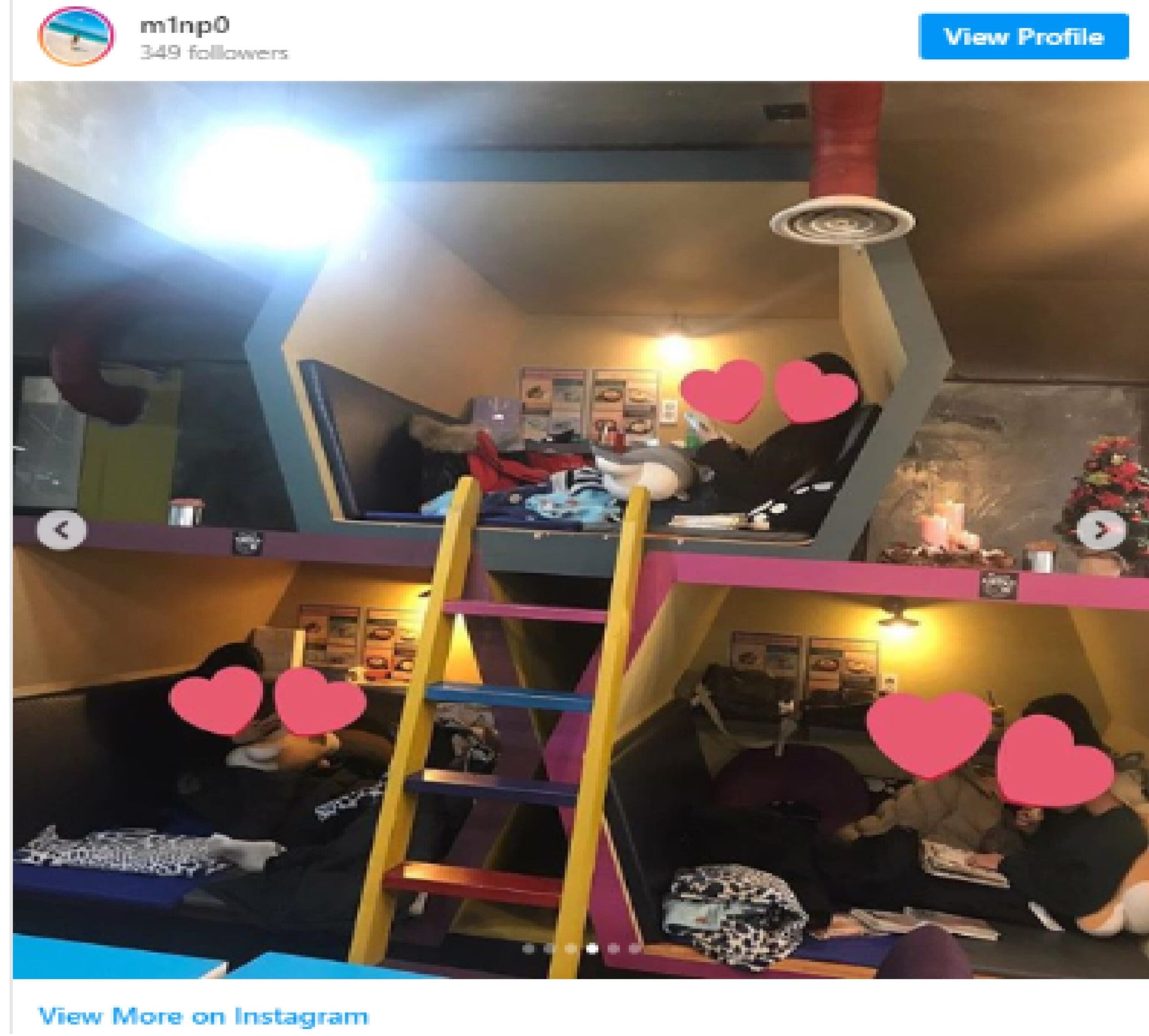The return to work has started for some, but worktime and downtime may never look the same.
For workers still at home, 89% of UK businesses would be ready to re-open given three weeks’ notice, according to the latest British Chambers of Commerce Coronavirus Business Tracker. But for those preparing to return to office jobs, a great deal of uncertainty remains. We know we no longer necessarily need to “stay home”, but what does “stay alert” mean for how we get to work, where we work, and our rights as workers?

The ‘new’ commute
UK rail journeys doubled in the last two decades, according to the Office of Rail and Road (ORR), meaning something will have to give. In London, Transport for London (TfL) has explained that services will only be able to carry 13-15% of their normal passenger load to comply with social distancing; whilst a survey from engineering and consulting firm SYSTRA has argued that in the longer-term, urban public transport passenger numbers could decline by 20% overall. The concern from city authorities is that the car will re-emerge as a favoured safe haven at the expense of congestion and pollution, so they are taking steps to encourage and incentivise more people to use ‘micro-mobility’ modes that produce less pollution, take up less space, and improve both our wellbeing and our surroundings.

Paris and Milan, for example, are both expanding their cycling capacities and London’s Streetscape plans will provide new routes with the aim of satisfying a tenfold increase in cycling and fivefold increase in walking distances compared to pre-COVID-19 levels. These commuter shifts are desired by municipal authorities eager to make public transport chime with public health and urban efficiency. For instance, Tfl studies have shown that in London, five times as many people can be carried per metre squared by the Thames Embankment’s cycling superhighway as by its car carriageway. Meanwhile, some 8.17 million London journeys could be cycled from start to finish, easing pressure on public transport. It may be that consumers favour a new kind of commute too, replacing time spent on public transport with time “doing exercise” – something that has become a higher priority for a third of UK consumers during lockdown.
The ‘new’ office
Let’s imagine how the pandemic-proof office of the very near future may look. Once workers arrive they are likely to find themselves literally facing up to new forms of security, with thermal cameras taking their temperature as they enter the building, and reception staff checking digital immunity IDs.
Once past security, we’ll be giving the elevators a swerve and could be using voice or gesture control to open doors, or take the stairs before checking into our designated desk. Smart office technology will use sensors and wearables to warn of colleagues becoming too close or capacities being strained and indicate when a desk was last cleaned. Previously progressive office staples that were used to lure new recruits like zen relaxation rooms, communal fridges, cafeterias, gyms, gaming areas, and air conditioning all suddenly look dangerously old hat.
Even if we step back and look at the least demanding UK government rules – actually “non-statutory guidance to take into account” – the challenges are stark: office workers should consider holding meetings outside, sit back-to-back, rather than face-to-face and use protective screens between staff if possible. It’s hard to imagine office workers taking to these new rules with quite the same zeal as did the returning school children in China who made hats to ensure social distancing. There is another parallel with schooling around staggered capacity and this is enough to suggest the possibility of more and more employers switching to a 7 day working week with rotating shifts.

For local foodservice operators and office caterers the challenge will be twofold: how to cope with social distancing (possibly through a shift towards delivery) and heightened hygiene fears (possibly through antibacterial packaging innovations).
Moving home to the home office
All this investment in technology at reduced staff capacity begs the simple question: do we actually need offices?
At various levels, many business leaders are deciding that no, they do not. Warren Buffet has remarked that “the supply and demand for office space may change significantly”; former WPP Chief Executive and owner of S4 Capital Sir Martin Sorrell has begun ending leases saying “I spend around £35m on property in a year. I’d much rather invest that in people than expensive offices”. Twitter has told staff they can continue to work at home “forever” if they so wish. Here, COVID-19 is accelerating an existing trend, with one in 20 UK adults working mostly from home in December 2019 (ONS); representing a growth of some 75% in just over a decade.
A growth in home working would significantly shift retail and foodservice spend away from urban hubs and town centres, towards local convenience shops and home delivery options. The ‘end of the central office’ could have seismic effects from greater regionalisation away from city centres to reduced urbanisation, whilst a home working environment would diminish office politics and create a more level playing field based more on merit than schmoozing.

Homeworking might make economic sense for employers, but just how attractive – and feasible – is it for employees? The majority of people in the UK are “actively seeking ways to reduce stress”, and a healthier commute or homeworking could help reduce those 12.8M working days lost each year to stress, anxiety, and depression according to the Health and Safety Executive.
However, homeworking’s advocates are often accused of living in a middle class, southern metropolitan bubble and data bears this out to a degree. Homeworking is practical for 50% of Britain’s highest-paid workers, but less than 10% of employees in the four lowest-paid deciles, according to the Resolution Foundation. Homeworking is possible for 40% of people in London, compared with under 20% in Middlesborough, says the Center of Cities.
Harsh practicalities come into play here too, with homeworking unfeasible for those living in the UK’s tiny new build homes (at 76 metre squared – the smallest in the developed world), or those juggling homeschooling and childcare, as well as younger workers inhabiting flat shares and competing for bandwidth. If the home office does become a necessary reality then homes – and their furniture – will have to become more fluid and modular, using innovations like movable walls to allow occupiers to rearrange the layouts of their homes to offer greater flexibility and privacy.
Third places between work and home
There are creative and social issues with homeworking too, with some arguing that video conferencing works about as poorly for brainstorming as it does for drinks down at the digital pub. With this in mind, the Reboot Digital Marketing company plans to close its office, but hold bi-monthly brainstorming sessions face-to-face at a local hotel. This signifies a growing need for people to meet, create, and relax in ‘third places’ – especially if the traditional work/home boundaries start to disappear. This trend was already growing and benefiting coffee shops ahead of COVID-19, but can be expected to accelerate, stimulating localism and benefiting its leisure and foodservice economies at the expense of city centre chains. Before lockdown, over half of UK consumers said “I try to buy from local companies where possible” and research from Mintel’s Global COVID-19 Consumer Tracker (16-23 April) showed around a quarter were shopping more from local businesses and said their local community had become a higher priority.
The problem for the leisure economy though is that it faces the same challenges as the work economy: namely capacity restrictions linked to social distancing. Inspirational solutions can be found in high-density cities like Seoul, which has traditionally proffered sealed off, private leisure ‘bang (‘room’) culture’ propositions, such as restaurant compartments and karaoke booths, as an antidote to young people’s lack of space at home. Home office cabin fever concerns will demand something similar, albeit more spacious and cleaned thoroughly after each sitting.

New worker rights
Values of morality and equality are also coming to the fore in relation to work and consumers will be keeping an eye on how companies have treated their key workers during the crisis. In the US, for example, Amazon has faced criticism for its demands on workers and the level of protection offered.
Prior to lockdown, consumers were fairly split on social responsibility in the UK, with over half preferring to be involved with institutions/companies that promote equality. However, a significantly higher proportion said “I find myself wanting to learn more about things than I used to (brands, social matters, etc)”. COVID-19 will raise coverage and awareness of these issues and possibly change expectations around consumer-facing brands’ responsibilities as employers.
People are recognising the essential – indeed heroic – roles performed by health care and waste disposal workers, but also delivery drivers, and grocery, foodservice, and other retail workers. Prominent figures like Warren Buffett have expressed the opinion that these workers deserve higher wages and more respect.
The other big emerging political issue around essential workers is just how many of them are migrants. For hospital staff in the UK, the figure stands at 23%, according to the ONS, and many would be deemed ‘low skilled’ by the government’s pending points-based immigration system. We’re also learning how dependent we are on seasonal migrant labour to bring in our domestic, ‘local’ crops, with 70,000 workers needed by the UK alone, according to the National Union of Farmers.
Right now the focus is on where we’ll work and how we’ll do it, but we’re also headed for a wider political and ethical debate around convenience and workers’ rights – and who pays for them.
From market assessment to landscape analysis, Mintel Consulting delivers a fresh viewpoint supported by rigorous data on brand, innovation, strategy, and consumer insight. Get in touch now to get your questions answered and speak to a consultant.




































